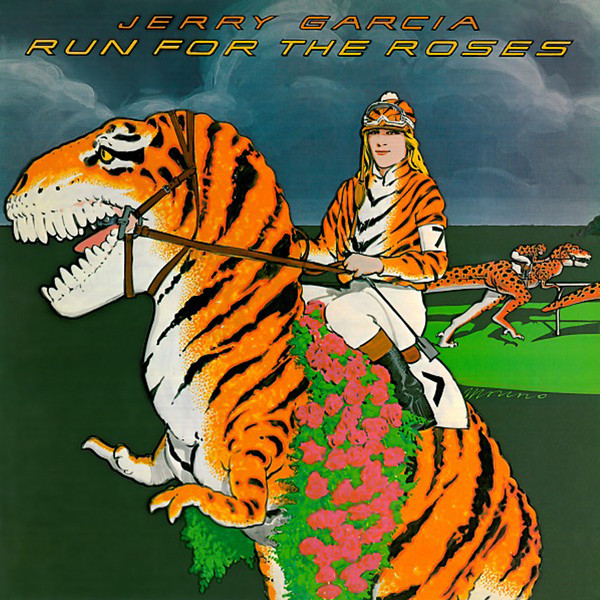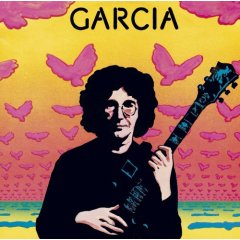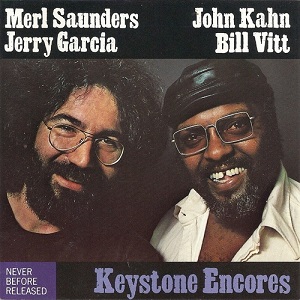 Multiplatinum success wasn’t going to slow Jerry Garcia down any, and just because the Dead didn’t have any gigs booked didn’t mean he wasn’t going to play somewhere. For a few months in 1987 and 1988 he did a series of shows with a group that augmented a few members of the Jerry Garcia Band with old friends David Nelson (of New Riders of the Purple Sage) and Sandy Rothman plus a fiddle player. Hence, the Jerry Garcia Acoustic Band.
Multiplatinum success wasn’t going to slow Jerry Garcia down any, and just because the Dead didn’t have any gigs booked didn’t mean he wasn’t going to play somewhere. For a few months in 1987 and 1988 he did a series of shows with a group that augmented a few members of the Jerry Garcia Band with old friends David Nelson (of New Riders of the Purple Sage) and Sandy Rothman plus a fiddle player. Hence, the Jerry Garcia Acoustic Band.The repertoire was primarily folk and blues, not as extreme as the bluegrass of Old & In The Way but certainly connected. Almost Acoustic presented a grab bag of tunes recorded during stands in Frisco and L.A. and released on the Dead’s own label for the new generation of Deadheads to snap up for their CD players. These kids would have been familiar with the likes of “Deep Elem Blues” and “I’ve Been All Around This World”, and of course the closing “Ripple”, but they might not have expected the original song about Casey Jones. In the process they would become more familiar with the work of Mississippi John Hurt, Elizabeth Cotten, Jimmie Rodgers, and so forth.
The playing is relaxed and friendly, the crowd noise appreciative but not distracting. Jerry’s voice is a bit rough, but he’d been through a lot lately. Luckily the other pickers sing, and they harmonize well. And if you like this, there’s more where it came from, as seen below.
Jerry Garcia Acoustic Band Almost Acoustic (1988)—3
Archival releases of same vintage:
• Pure Jerry: Lunt-Fontanne, NYC, 10/31/87 (2004)
• Pure Jerry: Lunt-Fontanne, The Best Of The Rest (2004)
• Ragged But Right (2010)
• On Broadway: Act One (2015)
• Electric On The Eel (2019)







